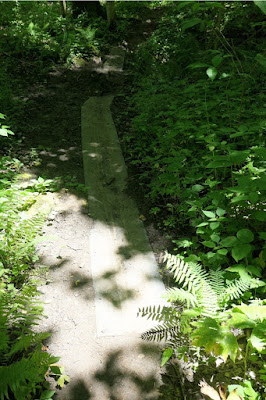In an earlier post I documented the construction of a hummingbird nest in the pear tree just behind our house. This post will complete the story; click on any image to enlarge.
 |
July 5th
|
 |
July 6th
|
 |
July 7th
|
 |
July 8th
|
 |
July 9th
|
 |
July 11th
|
 |
July 13th -- feeding chicks!
|
 |
July 14th
|
 |
July 15th, caught her with beak open
|
 |
July 16th -- clearly two chicks
|
 |
July 17th
|
 |
July 19th -- feeding
|
 |
| July 19th -- chicks resting in nest |
|
 |
July 20th
|
 |
July 21st, growing chicks
|
 |
July 23rd
|
 |
July 24th -- empty, and edge torn in places
|
Unfortunately, "that darn circle of life," as Joan would put it, had struck overnight. A predator had raided the nest. Hummer nests have a long list of threats, such as squirrels, snakes, chipmunks, rats, corvids (jays, crows) and other larger birds, etc. We surmise, because it happened during a warm night on an flimsy branch, most likely it was a snake that took the chicks. Joan and I mourn the loss.
The mother hummingbird has not returned to the nest. Several hummers continue to squabble over our feeders, and Joan has spotted a hummer gathering nesting material at the edge of the woods, but they fly off into the trees and we cannot see where they go. We have our fingers crossed for another nesting session somewhere in the pear tree next year.





































































